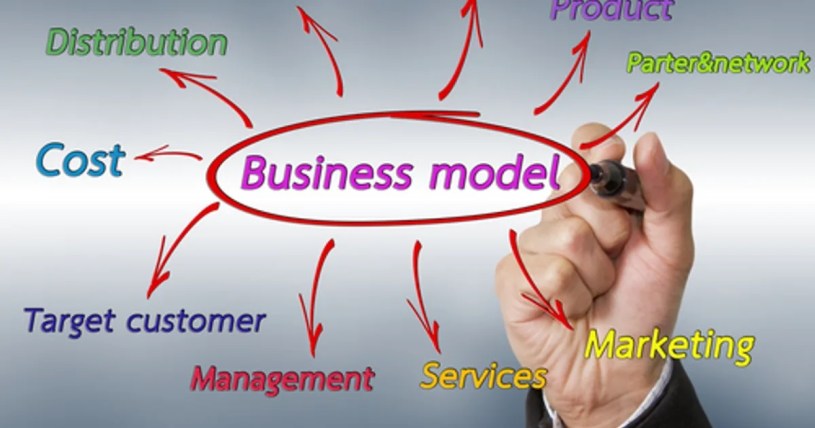Introduction:
In recent years, the business landscape has witnessed a significant shift towards subscription-based models across various industries. From streaming services to software solutions and even traditional sectors like retail, the subscription business model is on the rise. In this article, we delve into the reasons behind the surge in popularity and explore how different industries are embracing this transformative approach.
I. The Allure of Predictable Revenue Streams: One of the primary reasons behind the widespread adoption of subscription models is the allure of predictable revenue streams. Unlike traditional one-time transactions, subscriptions offer a recurring source of income for businesses. This stability empowers companies to plan and invest with confidence, fostering long-term sustainability.
II. Enhanced Customer Retention: The subscription model’s success lies in its ability to forge lasting relationships with customers. By providing continuous value through regular updates, new content, or ongoing services, businesses can boost customer retention. This creates a win-win situation, where customers enjoy a seamless experience, and businesses cultivate a loyal customer base.
III. Personalized Experiences and Customization: Subscription models allow businesses to gather data on customer preferences and behaviors. Armed with this information, companies can tailor their offerings to provide personalized experiences. Whether it’s recommending content, suggesting products, or adapting services based on individual needs, customization is a key driver behind the success of subscription-based businesses.
IV. Diversification of Industries: What began as a trend in the tech and entertainment sectors has now expanded into diverse industries. From beauty and fashion to food and fitness, companies are finding innovative ways to integrate subscription models. This diversification demonstrates the versatility and adaptability of the subscription business model across different market segments.
V. Flexibility and Scalability: The subscription model offers businesses unparalleled flexibility and scalability. Companies can adjust subscription plans, pricing, and offerings based on market dynamics and customer feedback. This adaptability not only ensures customer satisfaction but also enables businesses to scale their operations more efficiently than traditional models.
VI. Cost-Effective Customer Acquisition: Acquiring new customers can be a costly endeavor, but subscription models provide a cost-effective alternative. By offering trials, freemium versions, or low-cost entry points, businesses can attract a broader audience. Once customers experience the value of the subscription, the likelihood of conversion to paid plans increases, creating a sustainable customer acquisition strategy.
VII. The Rise of the Membership Economy: The subscription model is closely aligned with the concept of the membership economy. Consumers today seek not just products or services but an ongoing relationship with brands. Subscriptions transform transactions into memberships, fostering a sense of belonging and community that goes beyond a one-time purchase.
Conclusion:
The rise of subscription business models is a testament to the evolving nature of commerce. The combination of predictable revenue streams, enhanced customer relationships, and adaptability has positioned subscriptions as a formidable force across industries. As businesses continue to explore new ways to engage customers, the subscription model stands as a beacon of innovation, reshaping the future of commerce.

